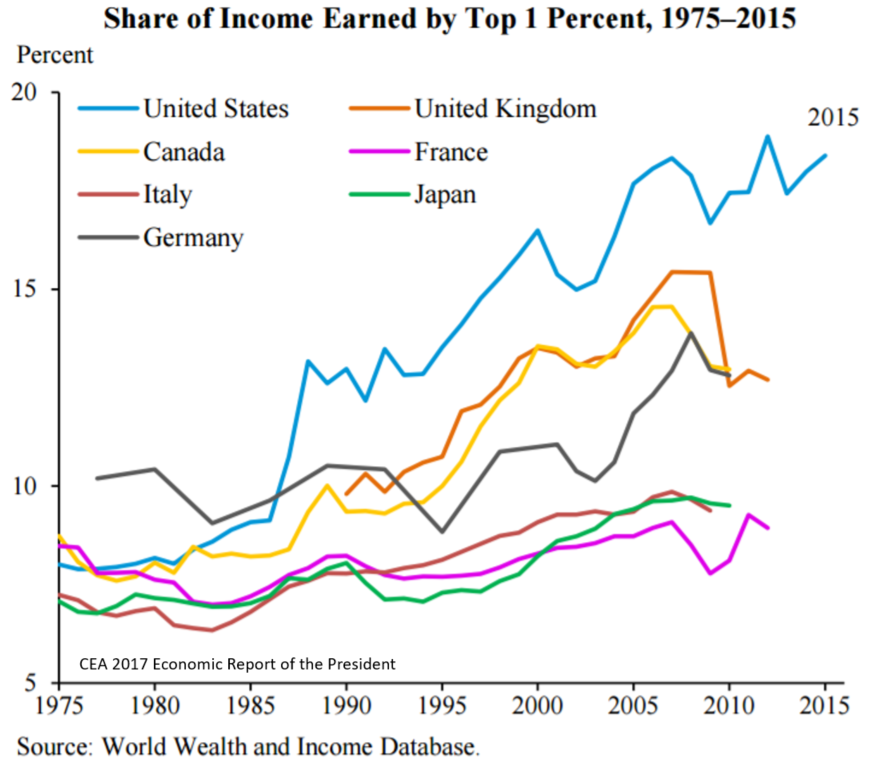
Income distribution examines how a country's total economic output, or GDP, is shared among its population, a fundamental concern in economics that directly relates to economic inequality. Historically, economists like Adam Smith (1723–1790) focused on how income was distributed among factors of production (land, labor, capital), while modern analysis primarily assesses distribution across individuals and households. Key tools for measurement include the Lorenz curve and the Gini coefficient, with a Gini value of 0 representing perfect equality and 1 indicating perfect inequality.
Governments employ various policies, such as progressive taxation, public spending on education and healthcare, and minimum wage laws, to influence income distribution and support lower-income groups. While economic theories range from market-focused classical views to Keynesian arguments for government intervention, global trends indicate a widespread increase in income inequality, often exacerbated by globalization. Understanding these dynamics is crucial for addressing social and economic disparities worldwide.
Hello from Cyprus ♥️